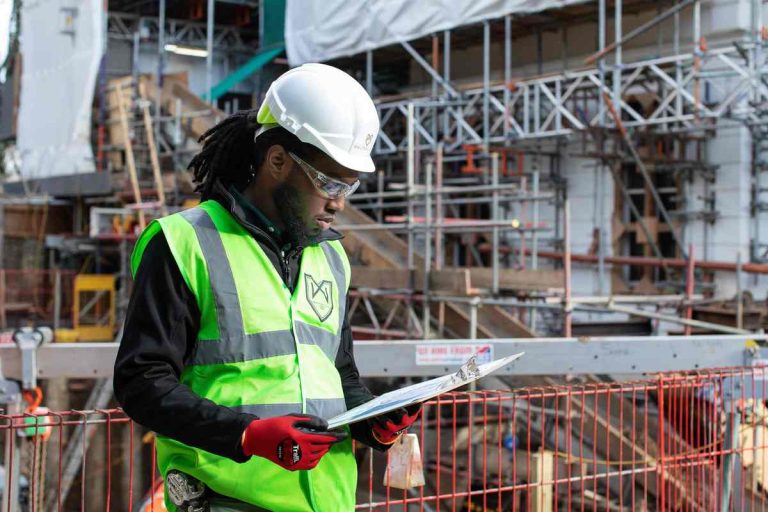Southern Construction Framework (SCF), a leading construction procurement framework delivered by the public sector for the public sector in the South of England, has announced the awarded contractors for its 5th generation SCF Construct framework, which includes new £1-5million value lots for the South West region. 20 contractors have been awarded a place on SCF Construct of which 12 are new to the framework. The winning contractors for the £4m+ lots are: South West – BAM Construction, Bouygues UK, Galliford Try Construction, ISG Construction, John Graham Construction, Kier Construction, Morgan Sindall Construction & Infrastructure, Tilbury Douglas, VINCI Construction, Wates Construction, Willmott Dixon Construction South East – Bowmer & Kirkland, Galliford Try Construction, ISG Construction, John Graham Construction, Kier Construction, Mace, Morgan Sindall Construction & Infrastructure, Tilbury Douglas, Willmott Dixon Construction London – Bowmer & Kirkland, Galliford Try Construction, ISG Construction, John Graham Construction, Kier Construction, Mace, Morgan Sindall Construction & Infrastructure, Tilbury Douglas, Willmott Dixon Construction Winners for the £1-5m lots in the South West are: AJC Group, EW Beard, Halsall Construction, Kier Construction, Knights Brown Construction, Mildren Construction, Morgan Sindall Construction & Infrastructure, Nevada Construction, Stepnell, Tilbury Douglas Construction. Created to support public sector construction and development in the region, across all sectors including education, health, local authority, leisure developments, SCF Construct is available to all public bodies in the South East, London and the South West. This latest generation includes additional lots for the South West, between £1m and £5m, which brings local expertise to clients in the region and the potential to access new local supply chains. Winning contractors were put through a robust bidding process for the new generation framework, which will be launched in May 2023. The framework will give public sector organisations access to a full range of public sector construction solutions and includes access to construct-only or design and build, construction, and management services. A commitment to provide a trustworthy, equitable, and ethical vehicle for delivery based on greater transparency and governance underpins the framework. For its 5th generation, SCF has chosen contractors that can demonstrate exemplary carbon benchmarking assessment for all builds and has prioritised carbon retrofit capabilities as part of its industry leading Carbon and Social Value targets. SCF is the market leader in Two Stage Open Book project delivery, under which the framework will operate exclusively. This Government-recommended delivery method is part of an initiative to reform UK construction practices and is unique in the way it brings the contractor, stakeholders and suppliers together at the very start of a construction project. Adam Sanford, SCF Operations Lead, London & South East, said: “It was important for us in approaching this latest SCF Construct bidding process to ensure that it was an open and transparent process to attract the widest set of contractors. As a result, we are delighted to have some new faces working with us, bringing valuable new expertise to our construction schemes.” Kingsley Clarke, SCF Operations Lead, South West said: “Via our new sub £5m lots, we’ve also opened the door to SME contractors in the South West and we’re very much looking forward to working with them and their local supply chains on some innovative schemes in the region.” The new generation SCF Construct complements the current SCF Residential and SCF Consult frameworks which have delivered over £8 billion worth of combined construction schemes in the last 16 years since SCF was first established. For more information on the 5th generation SCF Construct framework go to https://southernconstructionframework.gov.uk/our-frameworks/scf-construct/ Building, Design & Construction Magazine | The Choice of Industry Professionals












